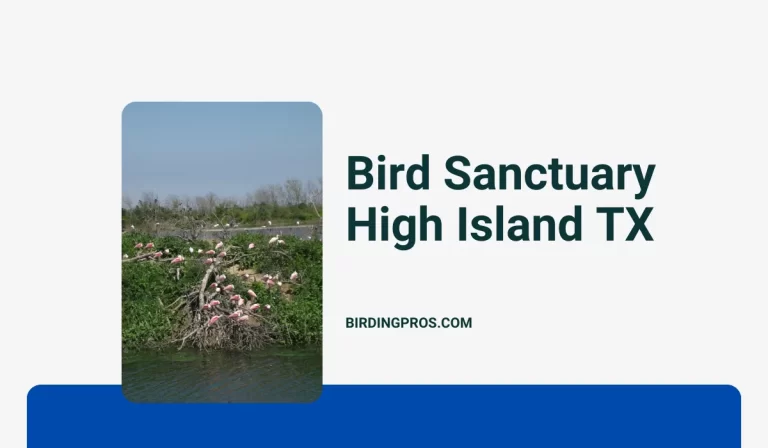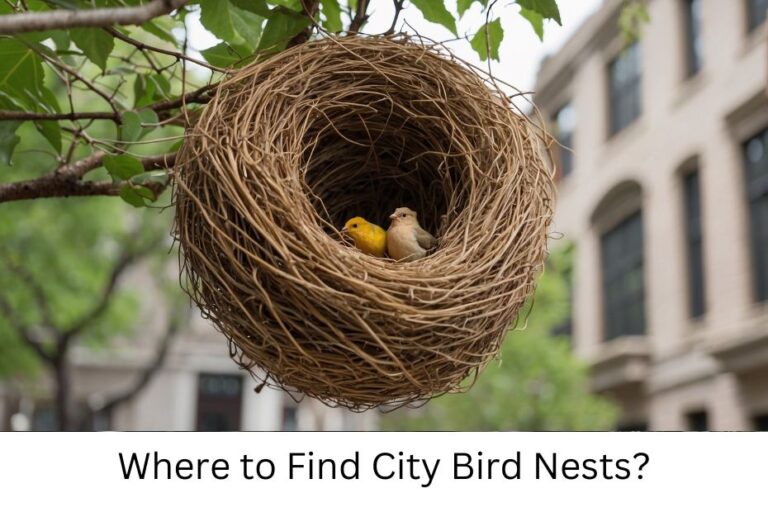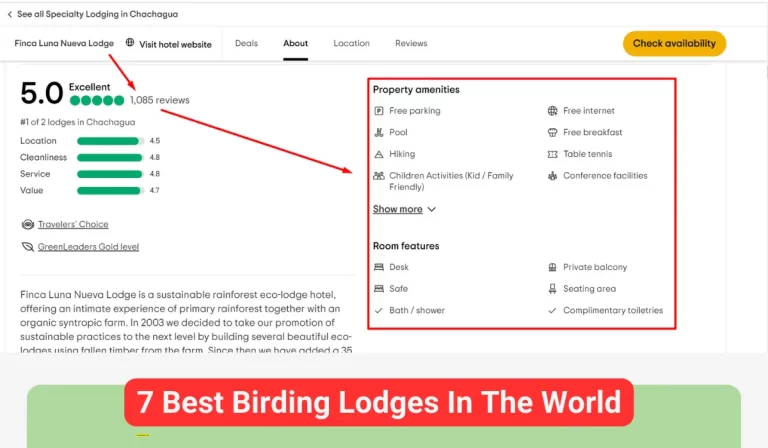How to Find Bird Watching Hotspots Near Me
Whether you’re a novice or a seasoned birder, finding the best bird watching hotspots near you can enhance your birding experience. Here’s a comprehensive guide on how to locate these prime spots for bird watching.
Bird watching is an enchanting activity that allows you to connect with nature and observe a variety of bird species in their natural habitats.
Table of Contents
Utilize Online Birding Resources

1. eBird
eBird is a comprehensive platform run by the Cornell Lab of Ornithology that allows bird watchers to record and share their bird sightings, as well as view recent observations from others in their area. Here’s a closer look at its features:
Features:
- Bird Sightings Database: Users can log their bird sightings, creating a vast database of bird activity.
- Hotspot Finder: Search for birding hotspots based on your location, view lists of species seen, and see recent sightings.
- Personal Lists: Keep track of your life list, year list, and other personal birding records.
- Mobile App: Available for both iOS and Android, making it easy to record sightings in the field.
Pros:
- Extensive Database: Access to a massive amount of birding data from around the world.
- Community Engagement: Connect with other birders, share sightings, and contribute to citizen science.
- Free to Use: All features are available at no cost.
Cons:
- Data Overload: The sheer amount of data can be overwhelming for beginners.
- Learning Curve: New users might need some time to learn how to navigate the platform effectively.
2. Birding Apps
Birding apps are essential tools for modern bird watchers, offering a range of features to enhance the birding experience. Here’s a detailed look at some popular birding apps:
Merlin Bird ID
Features:
Provides bird identification assistance based on photos and descriptions, bird sounds, and range maps.
Pros:
User-friendly interface.
Excellent for bird identification with a growing database of bird species.
Free to use.
Cons:
Limited to species in the app’s database.
Requires an internet connection for some features.
Audubon Bird Guide
Features:
Includes a comprehensive field guide, bird call recordings, sighting logs, and community features.
Pros:
Detailed species accounts with photos and sounds.
User-friendly and visually appealing.
Free to use.
Cons:
Some users report occasional bugs.
May require frequent updates to stay current.
BirdsEye
Features:
Provides real-time bird sightings, detailed maps, and checklists from eBird data.
Pros:
Up-to-date sightings based on eBird data.
Customizable alerts for specific birds or locations.
Cons:
Some features require a subscription.
Interface can be complex for beginners.
3. Local Birding Websites
Local birding websites, often maintained by birding clubs and organizations, offer valuable information tailored to specific regions. Here’s what to expect:
Features:
- Detailed Local Information: Includes maps of birding spots, species lists, and recent sightings.
- Event Listings: Information about upcoming birding events, field trips, and bird counts.
- Community Engagement: Forums, blogs, and social media links to connect with local birders.
Pros:
- Local Expertise: Access to detailed information about local birding spots and species.
- Community Connection: Opportunities to join local birding groups and participate in events.
- Free Resources: Many local websites offer valuable information at no cost.
Cons:
- Variable Quality: The quality and comprehensiveness of information can vary greatly between websites.
- Limited Reach: Information is typically region-specific and may not be useful for birding outside the area.
Read More: Nocturnal Bird Species: A Guide To Understand
Connect with Local Bird Watching Groups
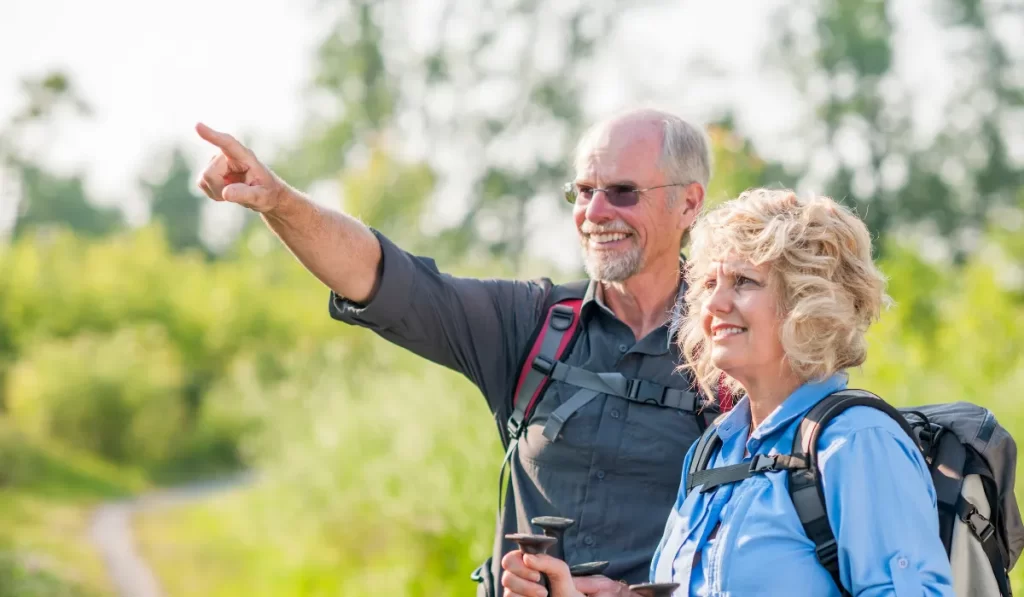
Joining a local bird watching group or club can provide invaluable insights into the best birding spots near you. These groups often organize field trips, bird counts, and other events that can introduce you to new locations. You can find these groups through:
- Social Media: Search for bird watching groups on Facebook, Meetup, and other social media platforms.
- Nature Centers and Wildlife Refuges: Many nature centers and wildlife refuges have affiliated bird watching groups or can connect you with local birders.
Explore National and State Parks
National and state parks are often excellent locations for bird watching due to their diverse habitats and protected environments. Some tips for finding bird watching hotspots in these areas include:
- Official Park Websites: Visit the websites of national and state parks in your area. They often have sections dedicated to bird watching, including maps, trail recommendations, and lists of commonly seen bird species.
- Visitor Centers: Stop by park visitor centers to ask rangers and staff for recommendations on the best birding spots and recent bird activity.
Discover Urban Bird Watching Spots
Urban areas can also be great for bird watching. City parks, botanical gardens, university campuses, and even cemeteries can provide green spaces that attract a variety of bird species. Here are some tips:
- City Park Departments: Check with your local parks department for information on bird-friendly parks and any birding programs or events.
- Botanical Gardens: Many botanical gardens have diverse plantings that attract birds. Some gardens offer bird watching tours or have information on recent bird sightings.
Research Seasonal Bird Watching Locations
Bird activity can vary greatly with the seasons. Researching seasonal hotspots can lead to more rewarding birding experiences. Consider the following:
- Migration Patterns: Learn about the migratory patterns of birds in your region. Certain locations may be more active during migration seasons in spring and fall.
- Breeding and Nesting Sites: Some birds have specific breeding and nesting sites that are active during certain times of the year. Research these sites to find seasonal birding hotspots.
Use Birding Maps and Guides
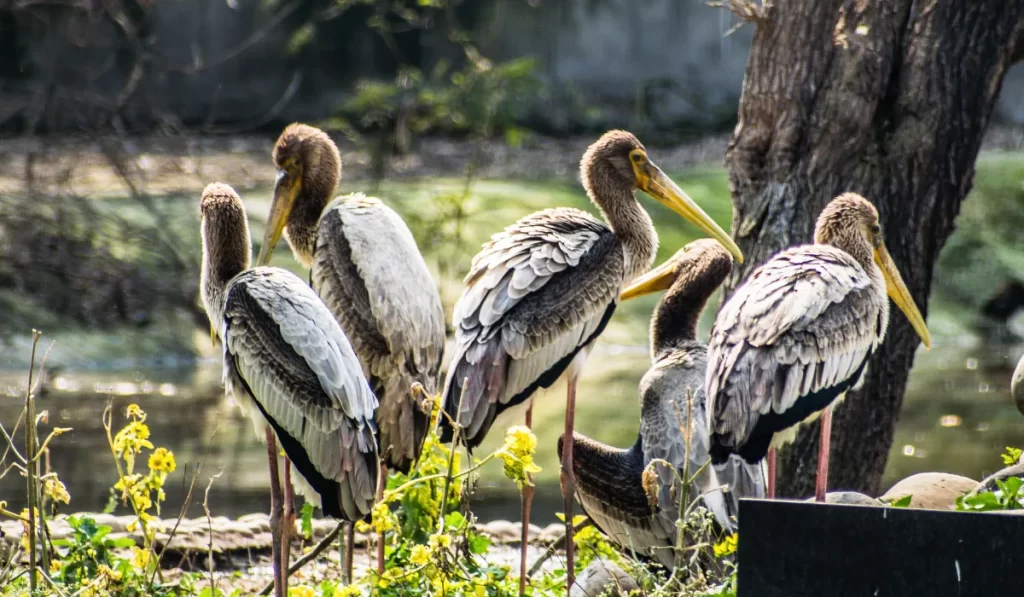
Birding maps and field guides can be invaluable tools for finding bird watching hotspots. Here are some resources:
- Field Guides: Purchase a regional field guide that includes information on local bird species and their habitats.
- Birding Maps: Look for birding maps online or at local bookstores. These maps often highlight popular birding spots and include tips for finding specific species.
Talk to Local Experts
Local naturalists, wildlife biologists, and experienced birders can provide firsthand knowledge about the best bird watching spots. Consider reaching out to:
- Nature Centers: Staff at local nature centers and wildlife refuges are often knowledgeable about nearby birding locations.
- University Biology Departments: Professors and students studying ornithology or ecology may have insights into local bird habitats and hotspots.
FAQs About Bird Watching Hotspots Near Me
1. How do I start finding bird watching hotspots in my area?
Answer: Start by utilizing online resources such as eBird, birding apps like Merlin Bird ID, Audubon Bird Guide, and BirdsEye, and local birding websites. These platforms offer comprehensive data on bird sightings and hotspots. Additionally, joining local birding groups and participating in events can provide valuable insights and recommendations from experienced birders.
2. What should I bring with me when bird watching?
Answer: Essential items for bird watching include binoculars for a closer view of birds, a field guide or birding app for identifying species, a notebook or smartphone for recording sightings, and a camera if you want to capture photos. Dress appropriately for the weather, and consider wearing neutral colors to blend into the environment. Bringing water, snacks, and insect repellent can also enhance your comfort during your birding excursion.
3. How can I attract more birds to my backyard for bird watching?
Answer: To attract more birds to your backyard, set up bird feeders with a variety of seeds to cater to different species. Provide fresh water in a birdbath or shallow dish. Plant native trees, shrubs, and flowers that offer food and shelter for birds. Avoid using pesticides, as these can harm birds. Additionally, installing birdhouses can encourage nesting in your yard.
4. Are there any ethical considerations to keep in mind while bird watching?
Answer: Yes, ethical bird watching involves respecting birds and their habitats. Maintain a safe distance to avoid disturbing the birds, especially during breeding and nesting seasons. Follow local regulations regarding access to protected areas. Avoid using playback recordings excessively, as this can stress birds. Lastly, leave no trace by not littering and minimizing your impact on the natural environment.
Conclusion
Finding bird watching hotspots near you is a blend of research, local knowledge, and a bit of exploration.
By leveraging online resources, connecting with local birders, exploring parks and urban areas, and researching seasonal trends, you can discover new and exciting locations for bird watching. Happy birding!


